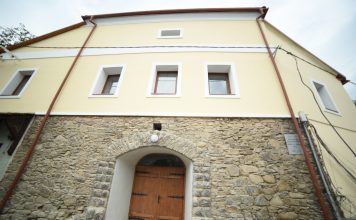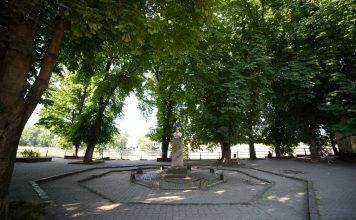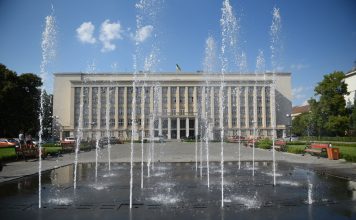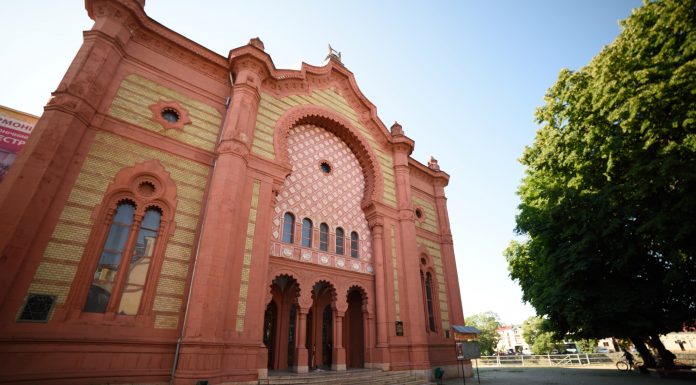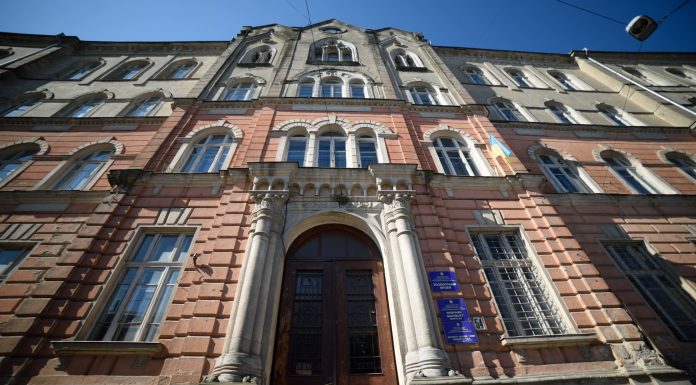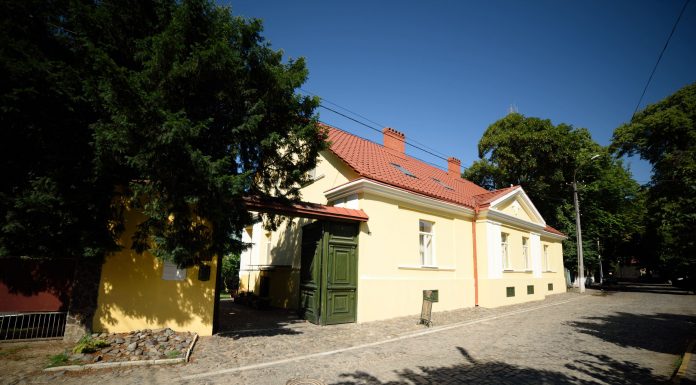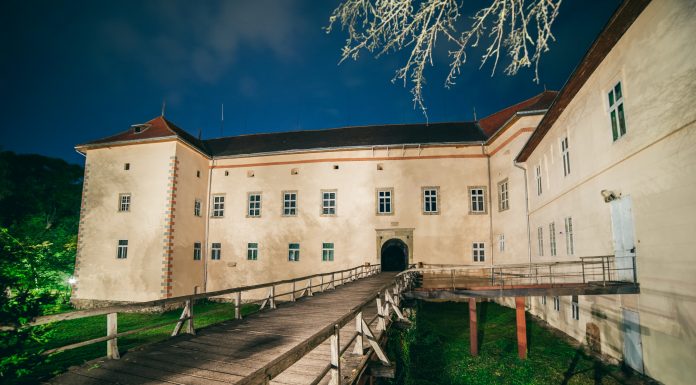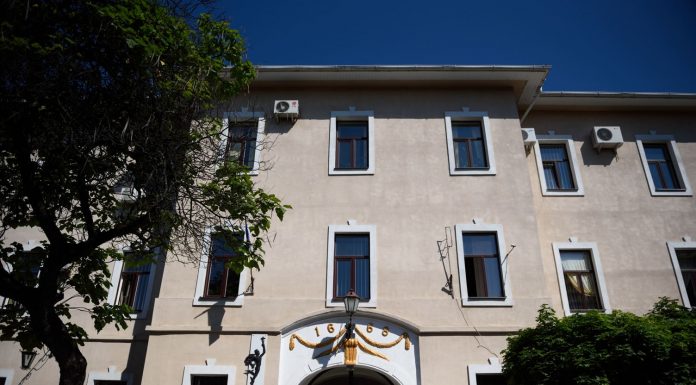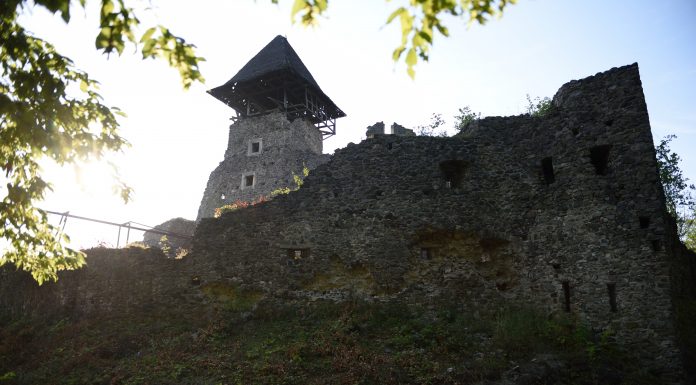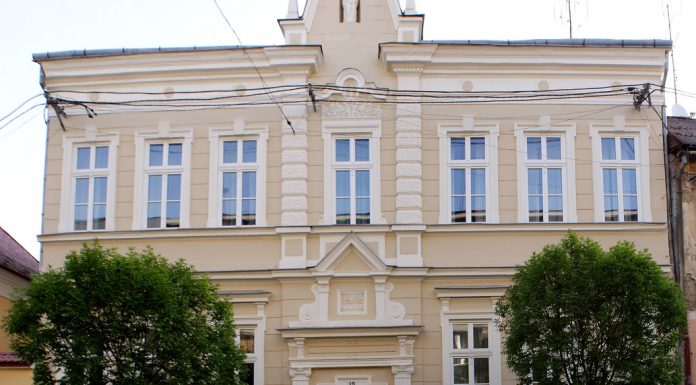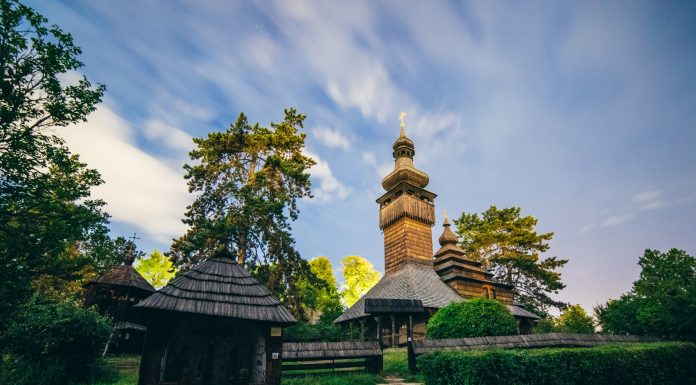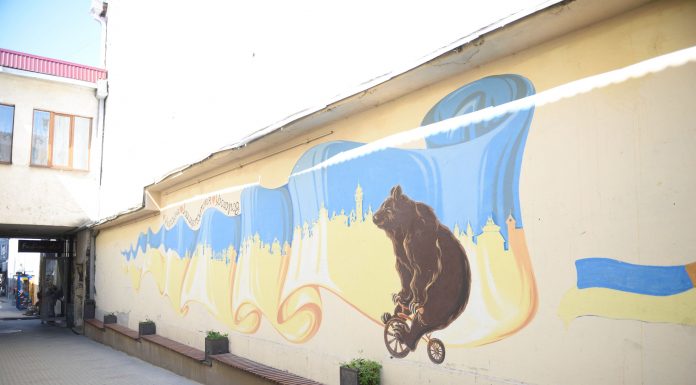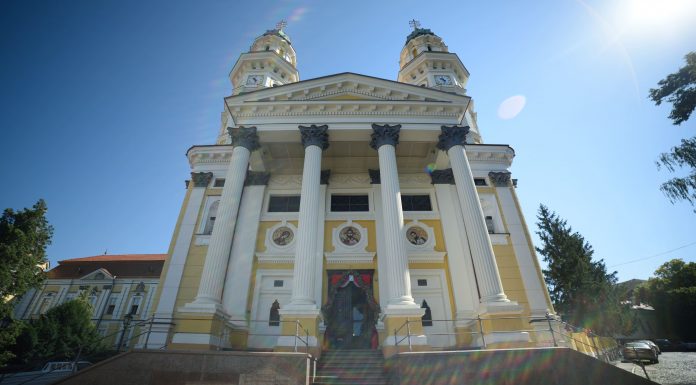Uzhgorod Synagogue was built as a Jewish choral synagogue of the Ashkenazi orthodox community in Uzhgorod. It was designed by architects Gyula Papp and Ferenc Szabolcs in Neo-Moorish style, which intertwines Byzantine and Arab-Moroccan motifs. It opened in 1904.
Currently, the building is used by the Transcarpathian Regional Philharmonic Society, founded in 1946. In 1974, one of the best stage...
Built as a monastery to educate Basilian monks and Ukrainian children, the building was designed by Uzhgorod architect Ernest Kovosh. Its facade overlooks the street, and originally had four-storey central and three-storey side parts, which contained so-called Hanging Gardens.
This was the tallest building in Uzhgorod until World War II. Since 1947, it has been a part of Uzhgorod State...
Kapitulna is the oldest street in Uzhgorod, and was once called Castle Street. This was the only street located within the outer fortifications of the castle. In the 17th century it consisted of about 10 households. In the early 19th century the street gradually acquired the name Kapitulna, from “kapituliy”, or “cathedral chapter”, which was the place where advisors...
Uzhgorod Castle has everything: history, legend, mystery, sculptures and museums. It’s a great place for taking photos, romance and love. It is first mentioned in the 10th century.
The complex has a regional museum, which holds permanent exhibitions depicting history, culture, war, household items, traditions and life in general. On the other hand, the unique “torture chamber” and secret labyrinths...
The building was built in the 17th century (1668). Initially, this building housed military barracks, and from the late 18th century, Uzhgorod gymnasium. In 1915 the City School of Commerce was founded, and from 1920 – the State Academy of Commerce. Following this tradition, today it holds the Uzhgorod College of Commerce. A plaque honoring Avhustin Shtefan, a famous...
Uzhgorod can be rightly considered the “Little Paris” of Transcarpathia. Despite the fact that Uzhgorod is the smallest of all regional centers of Ukraine, it has more than enough historical, architectural and natural sites for one weekend trip. The town at different periods in time was under the rule of Czechoslovakia and Hungary, which unsurprisingly has left a unique...
From 1902-1907 the building housed a Christian educational institution for girls: the Roman Catholic Lyceum of St. Gizella. According to Hungarian history, St. Gizella was the wife of the first Hungarian king, Stephen I, who baptized Hungary. During Soviet rule, a music school was created in the building and the sculpture of St. Gizella, the symbol of the building,...
Next to Uzhgorod Castle a Transcarpathian village is on display, unchanged since ancient times. Located under the open sky, The Museum of Folk Architecture and Rural Life welcomes visitors to view architectural monuments of a traditional Transcarpathian village, as well as samples of the oldest and most common types of hand-made folk crafts. Most of the buildings date from...
Bat’a Passage was built in 1927-1927, during the period when Uzhgorod and Transcarpathia were part of the Czechoslovakian Republic. It’s named after the Slovakian shoe manufacturer Bat’a. From the side of Theatre Square according to his vision the “Bat’a Palace” was built. On its lower floors there was a large shoe store, and on the upper floors, shoe repair...
The interior of the cathedral is decorated in rococo style. The painting inside the cathedral was done at the beginning of the 20th century by artist Joseph Bokshay in late Baroque style. Some fragments of a XVIII century authentic painting are still preserved.
The cathedral’s facade is dominated by a four-columned portico of Corinthian order, as well as two bell...

